Large SURPASS registry study confirms high seal rates, acceptable safety
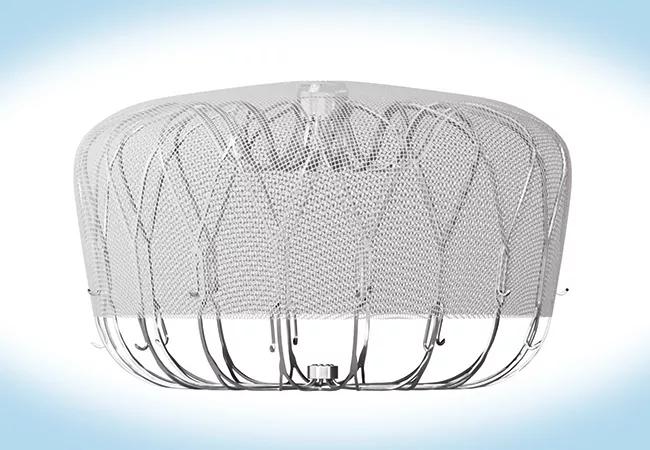
Real-world outcomes at one year with the Watchman FLX™ device used for closing the left atrial appendage are comparable to those observed in the clinical trial leading to its approval. These results from the ongoing SURPASS study — based on more than 60,000 registry patients who received the new-generation device at least one year previously — were reported by Samir Kapadia, MD, Cleveland Clinic Chair of Cardiovascular Medicine, at the Cardiovascular Research Technologies 2023 meeting.
Cleveland Clinic is a non-profit academic medical center. Advertising on our site helps support our mission. We do not endorse non-Cleveland Clinic products or services. Policy
“The results confirm the clinical trial safety and efficacy profiles in routine settings at multiple sites nationwide,” says Dr. Kapadia, who is principal investigator of SURPASS.
The Watchman FLX was approved by the FDA in July 2020 to reduce stroke risk for patients with nonvalvular atrial fibrillation who require an alternative to long-term oral anticoagulation. The fully recapturable and repositionable device is designed to prevent blood clots in the left atrial appendage from entering the bloodstream.
Similar in design to the earlier version of the Watchman device, the Watchman FLX is shorter, confers less metal exposure and comes in a larger size range. Other improvements are more struts, a closed distal end to reduce perforation risk and dual-row anchors to lower embolization risk.
Approval of the Watchman FLX was based on the PINNACLE FLX 12-month investigational device exemption clinical trial, which studied 400 patients. One-year real-world clinical outcomes in 300 patients were recently reported from FLXibility, a European multicenter study.
The SURPASS study includes 66,894 patients from the American College of Cardiology’s National Cardiovascular Data Registry (NCDR) Left Atrial Appendage Occlusion (LAAO) Registry who were discharged after receiving a Watchman FLX device between August 2020 and March 2022. Among these, 61,963 patients had 45-day follow-up data (see previous Consult QD post for a summary of early outcomes) and 18,233 patients had data through one year. Through March 2022, the registry included data from 743 sites and 2,384 operators.
The population was elderly (mean age, 76.2 years) and at high risk, with a mean CHA2DS2-VASc score of 4.8 and a mean HAS-BLED score of 2.4. The Watchman FLX device was successfully implanted in 97.6% of the cohort. The most common medication regimens at discharge were a direct oral anticoagulant (DOAC) plus aspirin (48.3%) or a DOAC alone (23.1%).
The key safety outcomes were as follows:
These results were comparable to outcomes in the PINNACLE FLX and FLXibility studies.
Although overall one-year outcomes were similar in men and women (59% and 41% of the cohort, respectively), some differences were found:
One year after implantation, 84% of patients had no peri-device leak, and 96% had either no leak or a leak < 3 mm. These rates at 45 days were 83% and 96%, respectively.
“The SURPASS registry demonstrates that the Watchman FLX can be implanted safely, with short-term and one-year outcomes similar to those in clinical trials, in a large number of patients at a large number of sites by many different operators,” says Dr. Kapadia. “These one-year outcomes support use of this device for patients with nonvalvular atrial fibrillation who are not good candidates for long-term oral anticoagulation.”
However, he adds that the significant rates of mortality (8.3%) and major bleeding (6.7%) at one year, while consistent with other studies and with the cohort’s high risk profile, suggest the need for further pharmacologic or device strategies to reduce bleeding.
The SURPASS study will continue to collect outcomes data through at least two years following implantation in all Watchman FLX recipients in the NCDR-LAAO Registry from August 2020 to August 2022. The Watchman FLX device is also being prospectively studied in two ongoing multicenter randomized controlled trials:
“The SURPASS results confirm high rates of implant success, as well as low rates of adverse events, considering the high-risk, elderly cohort,” says Cleveland Clinic Section Head of Electrophysiology and Cardiac Pacing Oussama Wazni, MD, MBA. “We look forward to more data from current trials, which may support expanding indications for the device.”
“SURPASS provides real-world data, reflecting procedures done by physicians from different backgrounds and skill levels on real-world patients not selected for meeting a long list of inclusion and exclusion criteria like what we see in most clinical trials,” adds Cleveland Clinic electrophysiologist Mohamed Kanj, MD. “The results were impressive. The safety of this procedure was stellar, approaching that of many simpler routine cardiac procedures like pacemaker implantations and coronary procedures. Additionally, the efficacy of this therapy shines, with a very low incidence of cerebral and systemic embolus at one year. I believe this therapy is here to stay.”
Dr. Kapadia reports no financial disclosures relevant to the research reported here.
Image of the Watchman FLX device is courtesy of Boston Scientific.
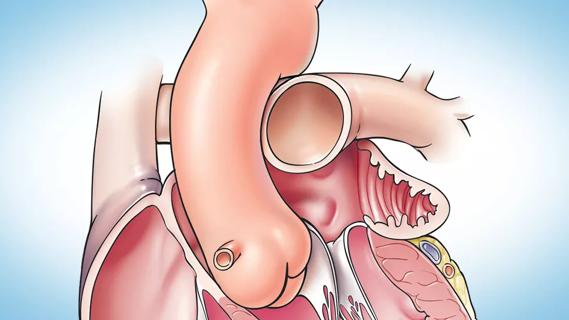
Concomitant AF ablation and LAA occlusion strongly endorsed during elective heart surgery

Network proximity and EHR analyses identify diabetes drug as a top candidate for risk reduction

$14M NIH grant supports research toward medications to prevent progression

Large data analysis finds cancer helps predict stroke risk in patients with atrial fibrillation
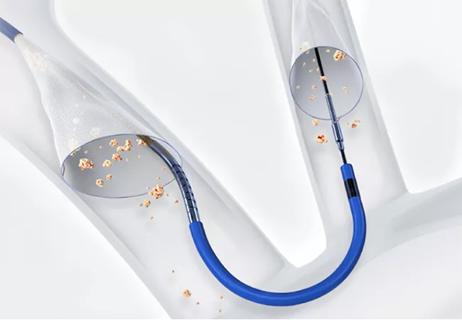
Results from largest randomized trial of the technology to date
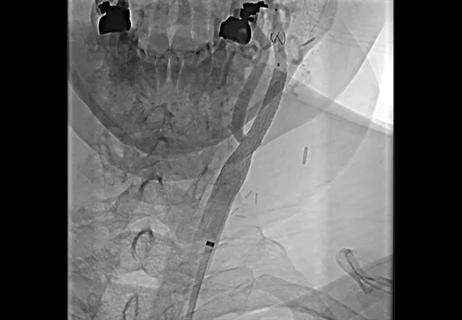
JACC review calls for CMS to update coverage decision
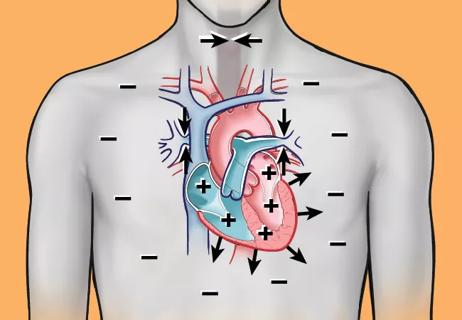
Document addresses screening and treatment while underscoring need for more randomized data
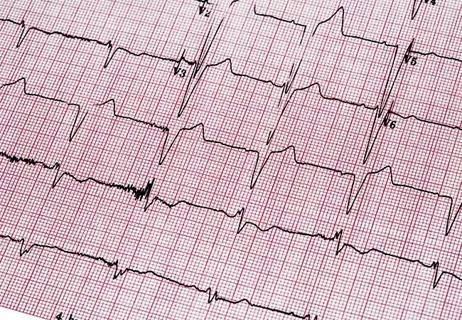
ACC/AHA panel also upgrades catheter ablation recommendations